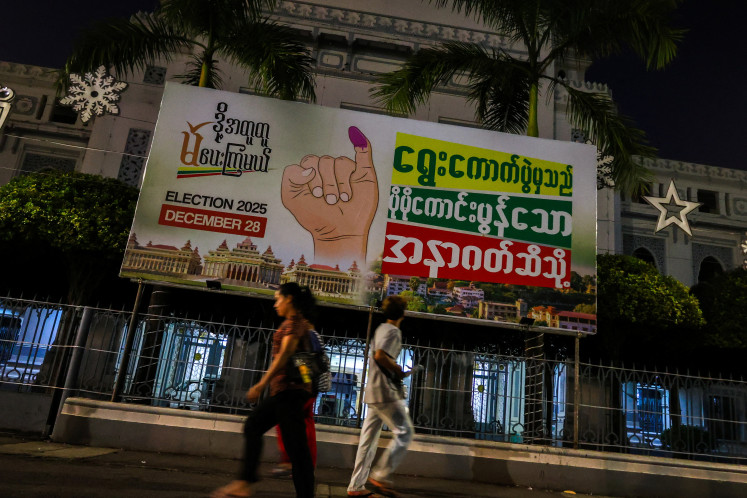Popular Reads
Top Results
Can't find what you're looking for?
View all search resultsPopular Reads
Top Results
Can't find what you're looking for?
View all search resultsInteractive map shows safest, riskiest destinations to visit
Change text size
Gift Premium Articles
to Anyone
W
ith the aim of alerting travelers about the degree of risk when visiting destinations abroad, medical and travel security services firm International SOS have designed the 2017 Travel Risk Map that uses color-coding to indicate a country’s level of danger. Green marks insignificant risk, yellow for low risk, orange shows medium risk, while red points to high risk and dark red indicates extreme risk.
Political violence, social unrest, and petty crime form the main criteria to determine the danger level of a country, as stated on the company's newsroom.
Based on the new findings conducted by medical and security specialists, the safest countries to travel to in the world are Norway, Finland, Sweden and Iceland, whereas popular tourist destinations such as Mexico, Colombia, Pakistan and Egypt are marked as high risk. Countries with extreme risks, which are strongly advised to not travel to, are typically war-torn areas, such as Syria, Afghanistan, Yemen and Timbuktu in Mali.
Filtering risks into travel security, road safety and medical categories, the map was released alongside an Ipsos Mori Survey, polling more than 1,000 business leaders across the globe. The second largest UK market research company found that 72 percent of respondents believed that traveling has become more dangerous than last year. In addition to that, 57 percent predict that it will become even more risky over the next 12 months.
(Read also: 5 most popular destinations in Indonesia for holidaymakers)
However, companies have misconceived the actual extent of the risks, perhaps overestimating them because of the extensive media coverage on certain problems in the world, consequently causing alarm within the public.
The International SOS on Tuesday notes that global concerns on traveling are dominated by “potential terror attacks (71 percent), followed by the Zika virus (49 percent) and civil unrest (46 percent), with inadequate healthcare and road accidents both at 15 percent.”
Yet, these risks are all secondary to the more common occurring problems that should be considered more seriously: a traveler’s stomach issues, running out of regular medication, as well as road accidents—which is one of the top five causes of medical evacuation—are “more likely and can destroy a business trip," as the company's medical director of information and analysis Irene Lai says.
Rob Walker, security specialist at International SOS, notes that in order to avoid and reduce the impact of unexpected or avoidable programs, travelers are encouraged to plan ahead by “using objective advice to prepare [themselves…] by staying up to date on any changes and how they might affect plans.” (mra/kes)







